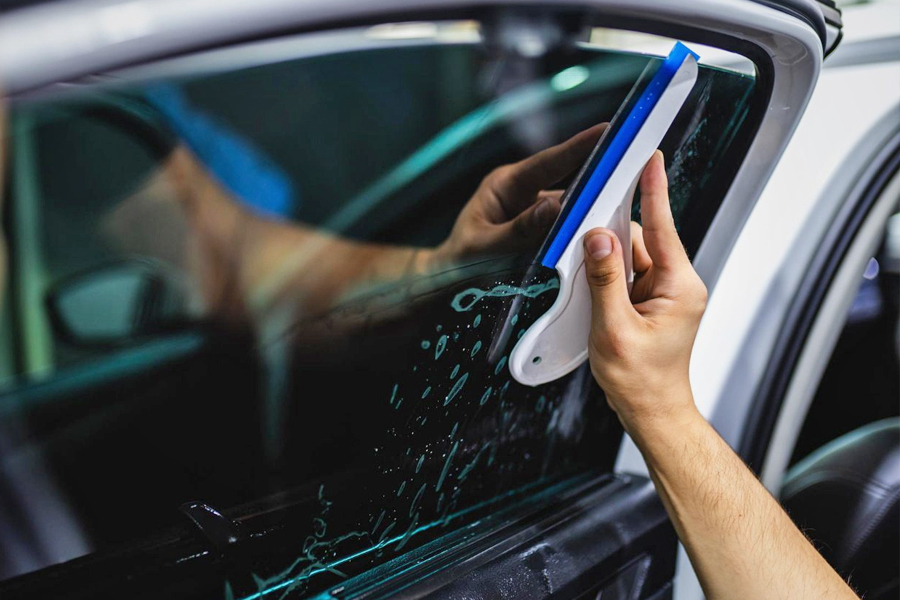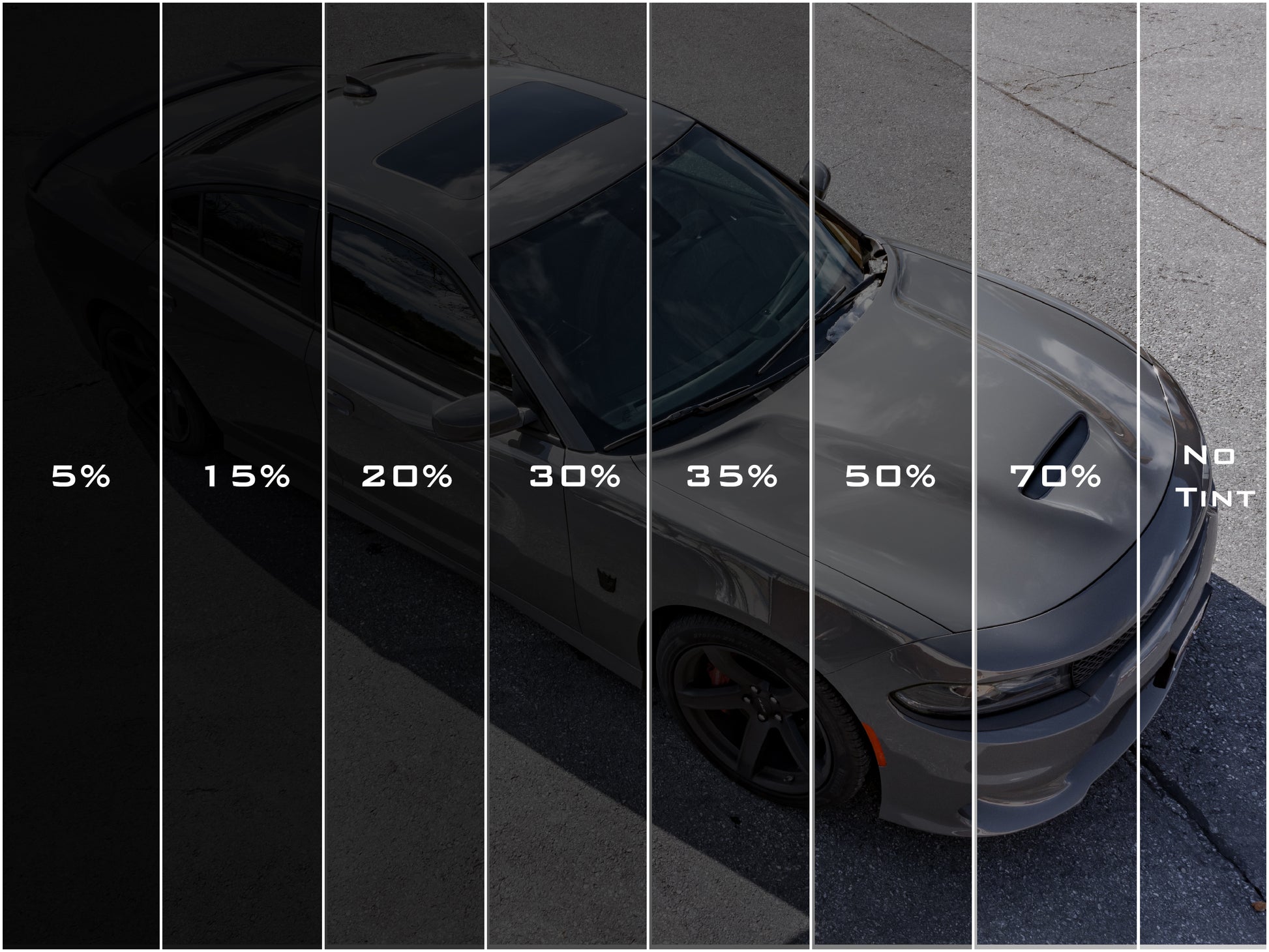Why Automobile Window Tinting is a Must-Have for Modern Autos
Wiki Article
Window Tinting Laws and Guidelines: What You Need to Know Prior To Tinting Your Automobile
Before continuing with home window tinting for your vehicle, it is vital to acquaint on your own with the varied laws and guidelines that regulate this technique throughout different states. These laws dictate the permitted degrees of color darkness, often measured by noticeable light transmission (VLT) percentages, and include details terms for front windshields intended at making certain road safety and security.Summary of Window Tinting Laws
Home window tinting laws are often based on variant throughout various territories, mirroring neighborhood guidelines and safety considerations. These legislations determine the acceptable degrees of tint darkness and reflectiveness on automobile home windows, making certain that drivers maintain adequate presence while additionally securing versus damaging UV rays and warm.Most regulations identify window tinting based upon the Visible Light Transmission (VLT) percent, which indicates the quantity of light that can pass via the window. Usually, lower VLT percentages signify darker tints. Regulations commonly separate between the front, side, and rear home windows, with stricter restrictions put on the front windscreen to improve safety for both the motorist and other road customers.
Additionally, some jurisdictions impose limitations on the reflectivity of the color, stopping excessive glare that could hinder presence. Exceptions to these laws may exist for people with particular clinical problems requiring added sun defense. Conformity with home window tinting regulations is essential, as violations can lead to fines, necessary removal of the color, and prospective rises in insurance policy premiums. Therefore, it is vital for lorry owners to familiarize themselves with regional regulations before waging home window tinting installations.
State-by-State Tint Regulations
Comprehending the certain home window tinting regulations in each state is crucial for vehicle proprietors looking for to follow the legislation. Each state in the U.S. has developed its very own set of guidelines governing home window tinting, which can differ considerably. These laws commonly dictate the permitted levels of color darkness, the sorts of windows that can be tinted, and any type of medical exceptions that might use.As an example, states like The golden state have stringent restrictions on tint darkness for front windows, while others, such as New Mexico, may allow darker colors. Furthermore, particular states mandate details exposure percentages for different windows, including the windshield, front side home windows, and rear windows. It is essential for vehicle owners to familiarize themselves with their state's legislations to avoid prospective fines or charges.
Moreover, some states might need an accreditation sticker label to be put on tinted home windows, showing compliance with state legislations. Failure to adhere to these regulations not just takes the chance of lawful repercussions but can additionally affect security and exposure while driving. Consequently, lorry proprietors must carry out complete research or speak with local authorities to make sure full understanding and compliance with state-by-state color laws.
Allowed Tint Degrees and Types
Several lorry owners may be shocked to find out that allowed tint levels and types vary commonly across various states. Each state has established its own policies relating to the permissible darkness and reflectivity of window color, often gauged by Visible Light Transmission (VLT) portions. VLT refers to the quantity of light that can pass via the tinted home windows; therefore, a lower percentage suggests a darker color.
In addition, the sorts of color materials allowed can vary, with some states forbiding mirror-like or metal surfaces. It is necessary for vehicle proprietors to acquaint themselves with their state's certain regulations to make certain conformity. Non-compliance can result in fines, necessary elimination of the tint, or other legal effects, making it important to understand these laws before proceeding with installation.
Medical Exceptions for Tinting
While not all states provide allowances for medical exceptions pertaining to home window tinting, those that do identify the need for specific individuals to enhance presence and convenience due to clinical problems. Different medical conditions, such as lupus, skin cancer, and specific eye problems, can make individuals particularly conscious sunshine. These people may need darker tints to shield themselves from harmful UV rays and glow.
It is necessary to keep in mind that despite a medical exemption, there might still be constraints on the level of tint allowed. Conformity with state laws ensures that individuals are both protected and within legal restrictions. Those considering medical exceptions should contact their neighborhood Department of Electric motor Cars or comparable authority to comprehend the read this article procedures and needs needed to make an application for an exception efficiently.
Charges for Non-Compliance
Stopping working to follow home window tinting laws can bring about considerable penalties, which differ by state. Legislation enforcement agencies are equipped to provide citations for automobiles that do not comply with the defined tinting regulations. These penalties commonly include penalties, which can vary from small quantities to several hundred bucks, depending on the severity of the violation and the state concerned.In some territories, repeated offenses may result in escalating fines or added charges, such as mandatory court looks. In addition, non-compliance may demand the elimination of unlawful tinting, usually at the proprietor's expenditure. In severe cases, habitual transgressors might face suspension of their car registration up until compliance is attained.
In addition, insurance policy implications may develop from obtaining numerous citations for home window color violations. Insurers might view such infractions as an indication of riskier behavior, potentially bring about boosted costs or difficulty in coverage.
To avoid these penalties, it is crucial for vehicle owners to familiarize themselves with their regional window tinting regulations and ensure that their lorry complies (Window Tinting). This positive approach not only prevents legal implications but also promotes roadway safety and security
Final Thought

The majority of policies identify home window tinting based on the Visible Light Transmission (VLT) portion, which indicates the amount of light that can pass with the window. Conformity with home window tinting policies is essential, as infractions can result in penalties, compulsory elimination of the tint, and possible rises in insurance premiums.Comprehending the details window tinting regulations in each state is vital for lorry proprietors looking for to comply with the legislation. These policies frequently dictate the permitted degrees of tint darkness, the kinds of home windows that can be tinted, and any type of clinical exemptions that might use.
For instance, states like The golden state have strict constraints on tint darkness for front windows, while others, such as New Mexico, may allow darker colors.
Report this wiki page